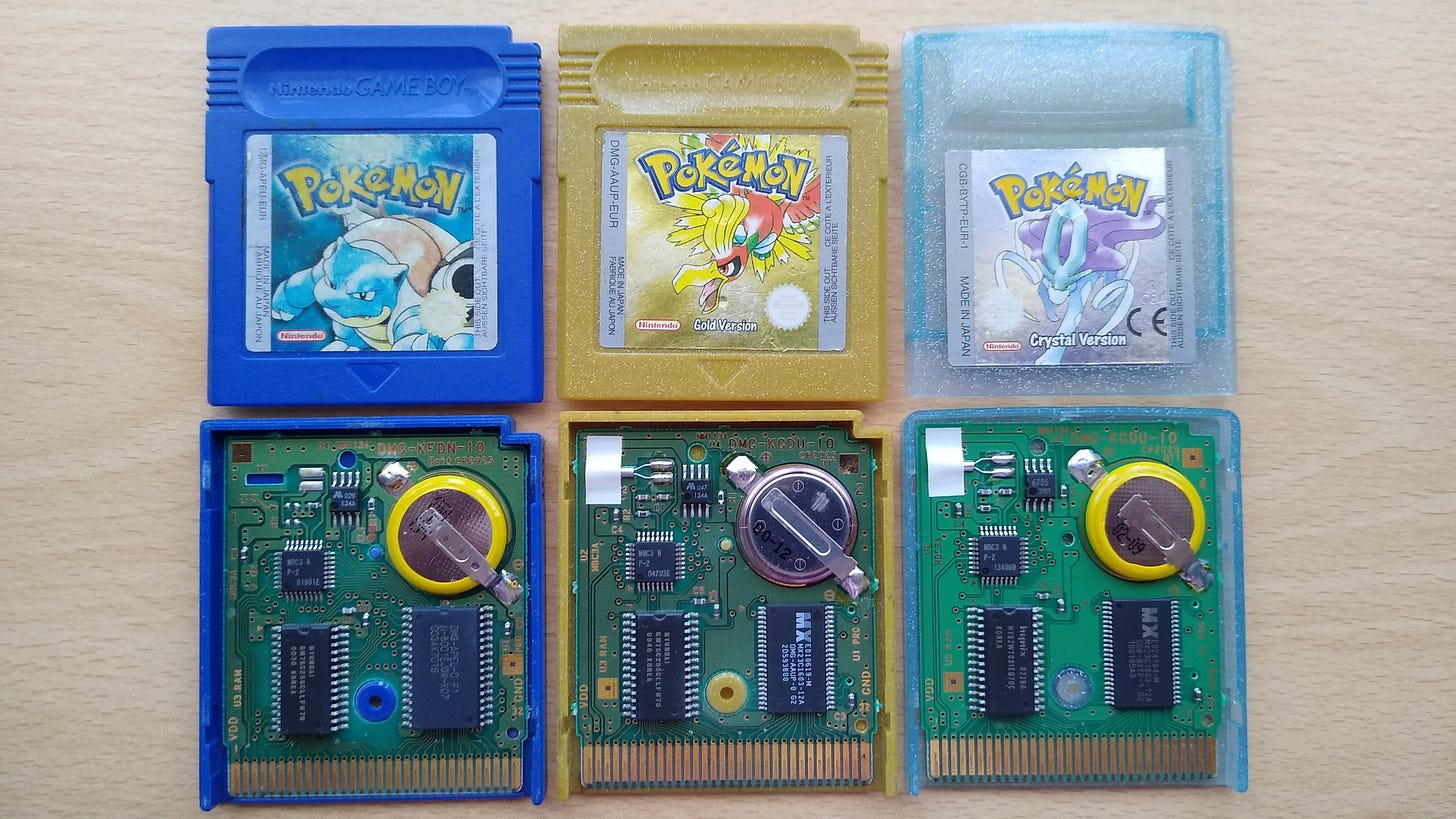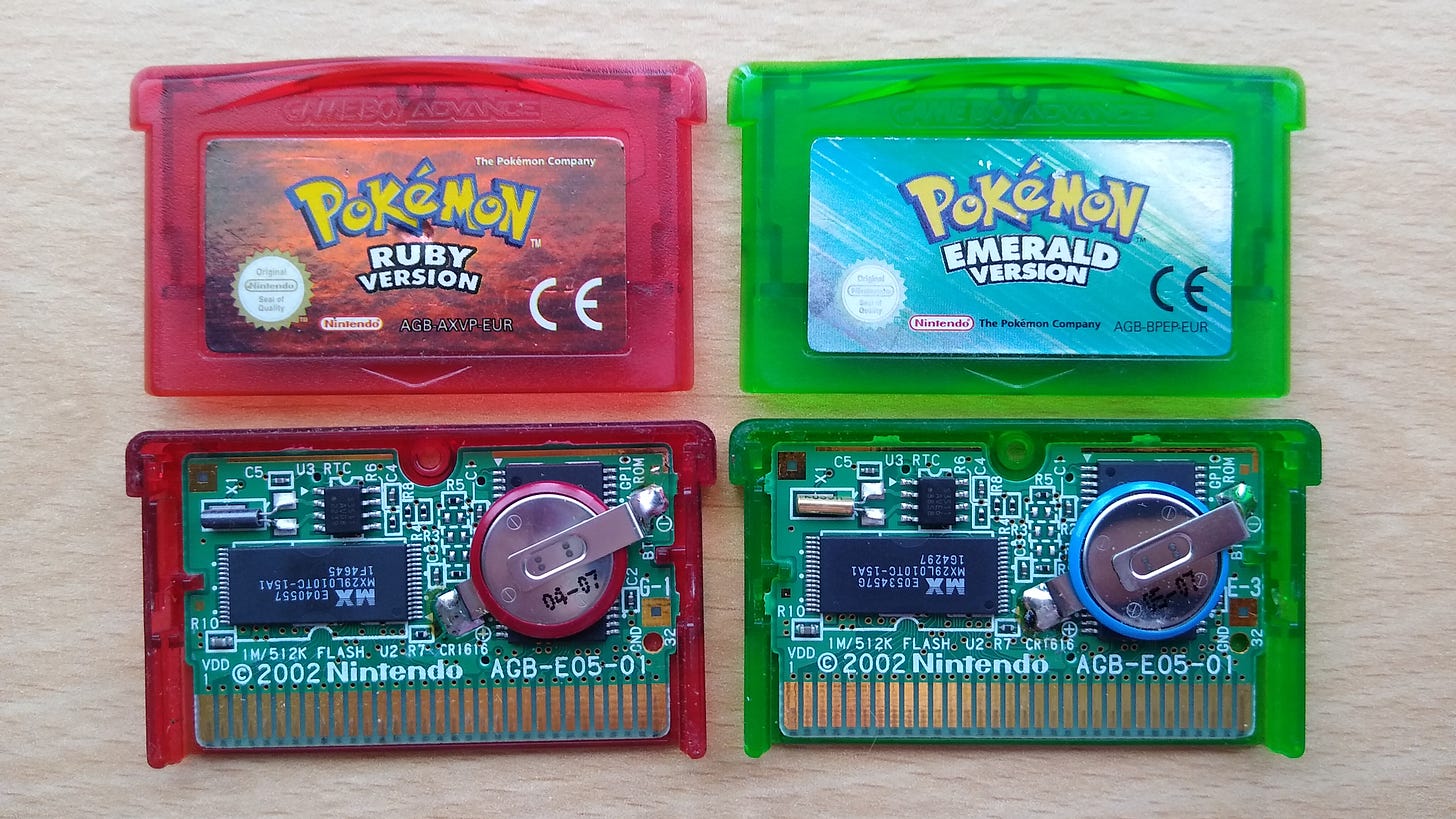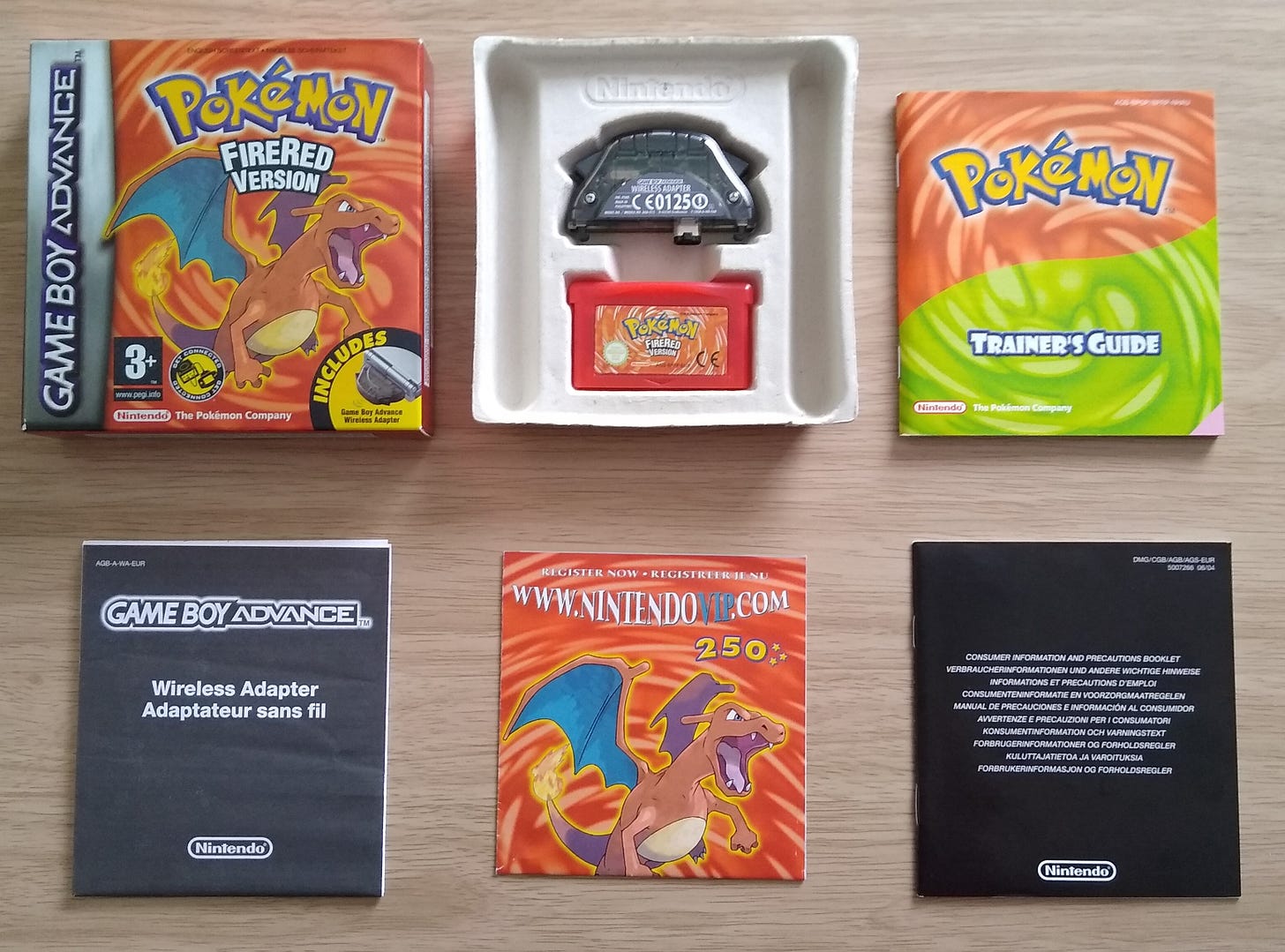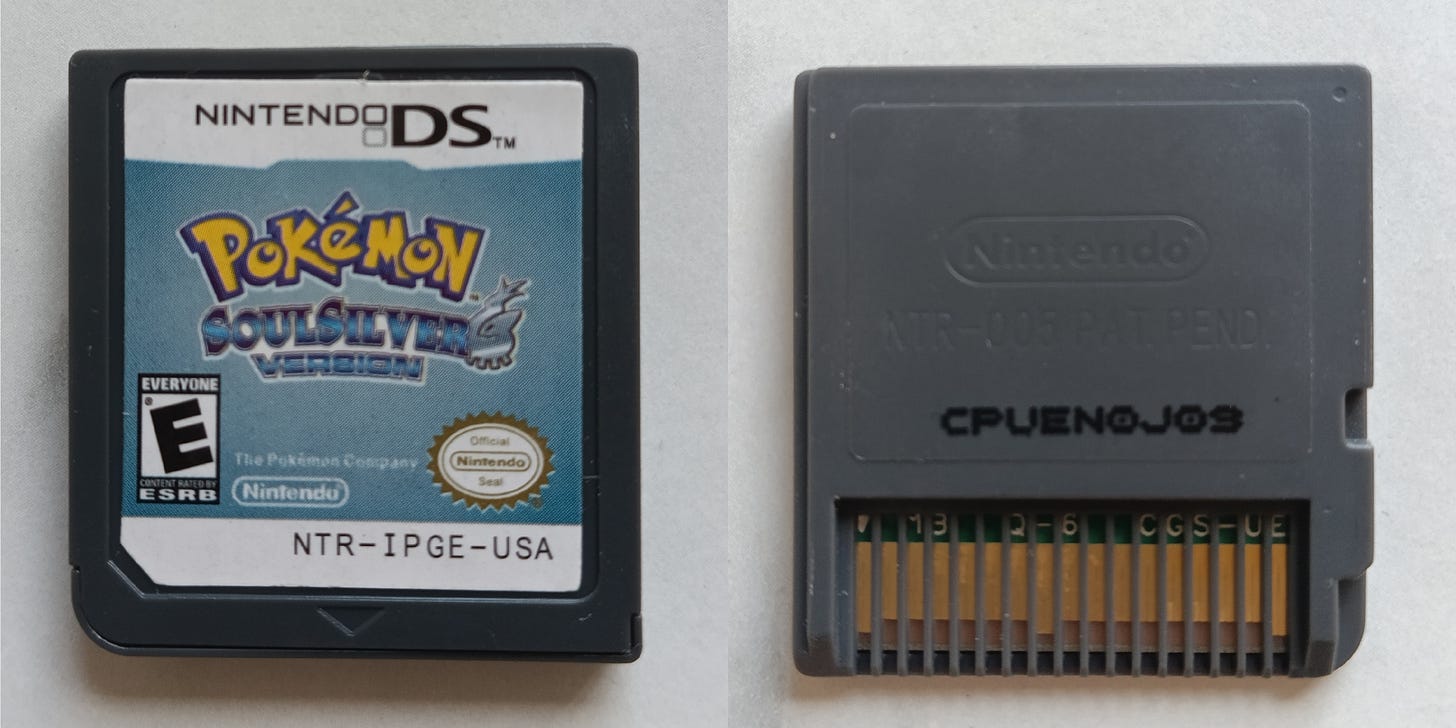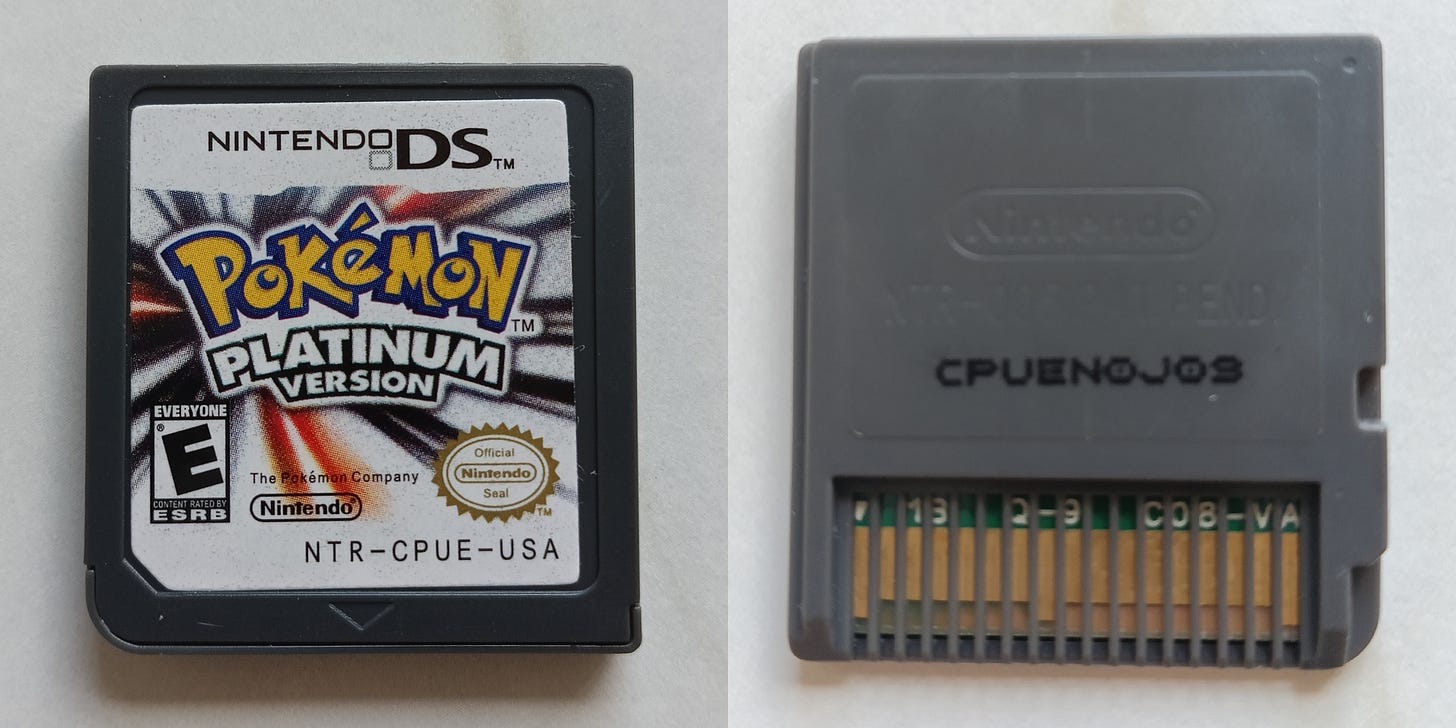How to spot fake Pokémon games
This guide was written with the aim of offering guidance to those who are looking to purchase physical Pokémon games, and what to look out for to avoid counterfeits
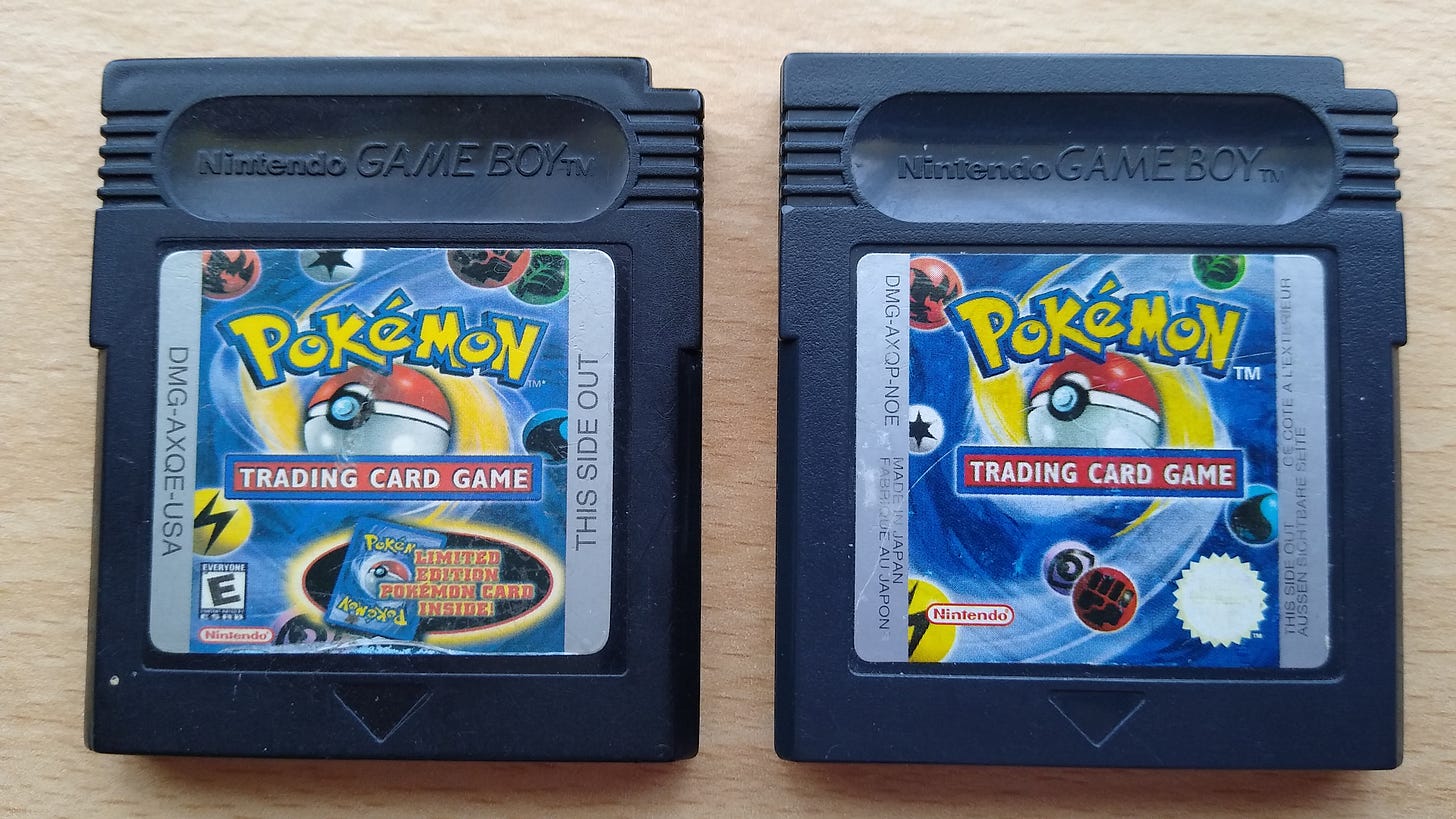
Nintendo’s decision to close the Wii U and 3DS eShops in March 2023 drastically reduced the options fans have to play and obtain the vast majority of Pokémon games legitimately, especially those newer fans who may have started with the series at Generation IX (nine). Anyone wishing to obtain legitimate physical games will have no other choice than to obtain them via third party sellers, which are expensive, and are exposed to counterfeits.
While it can be tricky for the untrained eye to determine whether a game is fake or real, there are a number of different ways you can tell with a degree of certainty. We have put together a list of some of the more common signs to watch out for in an attempt to educate and help people make informed decisions before parting with their money. While this guide is aimed at Pokémon, we hope that the information can be useful to anyone wishing to purchase video games and avoid counterfeits.
Disclaimer - We have done our best to research this topic as thoroughly as possible and to the best of our ability, with information from several different sources, and will consider updates as we continue to find more conclusive evidence of counterfeits in other titles. This guide will cover mainline Pokémon games from generations 1-5, as we have seen no evidence of counterfeit products from 3DS and Switch titles as of the time of writing. Due to the range of goods and regional differences out there, we cannot guarantee the information written here will be 100% accurate, and so this feature should always be used as guidance in addition to your own research.
1. Get familiar with the genuine product
Before purchasing anything, it will be in your best interest to research and get to know what the legitimate game looks like. For example, compare the label on the genuine article and make sure they are the same as the one you are buying. There are many good sources online where you can discover some reliable information, such as Game Verifying on Reddit, which is a community that helps people identify whether their games are real or not. If you plan to purchase a game from a brick and mortar video game seller, consider saving some pictures of legitimate games and taking them with you for comparison.
2. Check the product’s quality
Simply looking closely at the cartridge of a game can give you plenty of information as to whether you’re looking at a fake game or not, without having to open it up for closer inspection. Look out for the following on every cartridge:
Print quality should look crisp, and not blurry.
An indentation displaying digits, with embossed numbers, should be present on the sticker of Game Boy games.
Look out for obvious text errors such as spelling mistakes or incorrect fonts on stickers.
Check for irregularities in the plastic cartridge moulding compared to the genuine article.
The front top of the cartridge should say “Nintendo GAME BOY™” on Game Boy titles, and “GAME BOY Advance” on Game Boy Advance titles, respectively.
Ensure the ESRB ratings and Nintendo Seal of Quality symbols look accurate in terms of shape and colour.
Check the cartridge build quality: ensure that the shell is the correct colour, weight and is the correct type of plastic.
Look carefully at all logos, copyright, and trademark information, and confirm they match the year of manufacture.
Proprietary 3.8mm ‘Gamebit’ or ‘Tri-Wing’ screws are used in all Pokémon Game Boy games out of the factory. If any other type is used, it could be fake.
Check for accurate embossed text on the back of DS cartridges that match official ones.
Check the quality of the exposed contact pins at the bottom of each cartridge that are used to read the cartridge.
Be mindful of the game’s age, as something that was released around twenty years ago or more should have some degree of wear to it, such as curled labels, scratches, fading and other signs of wear, especially if it was a well-loved title.
There are many other details that can be checked, so be sure to have pictures or even another copy of a game you know is real for comparison.
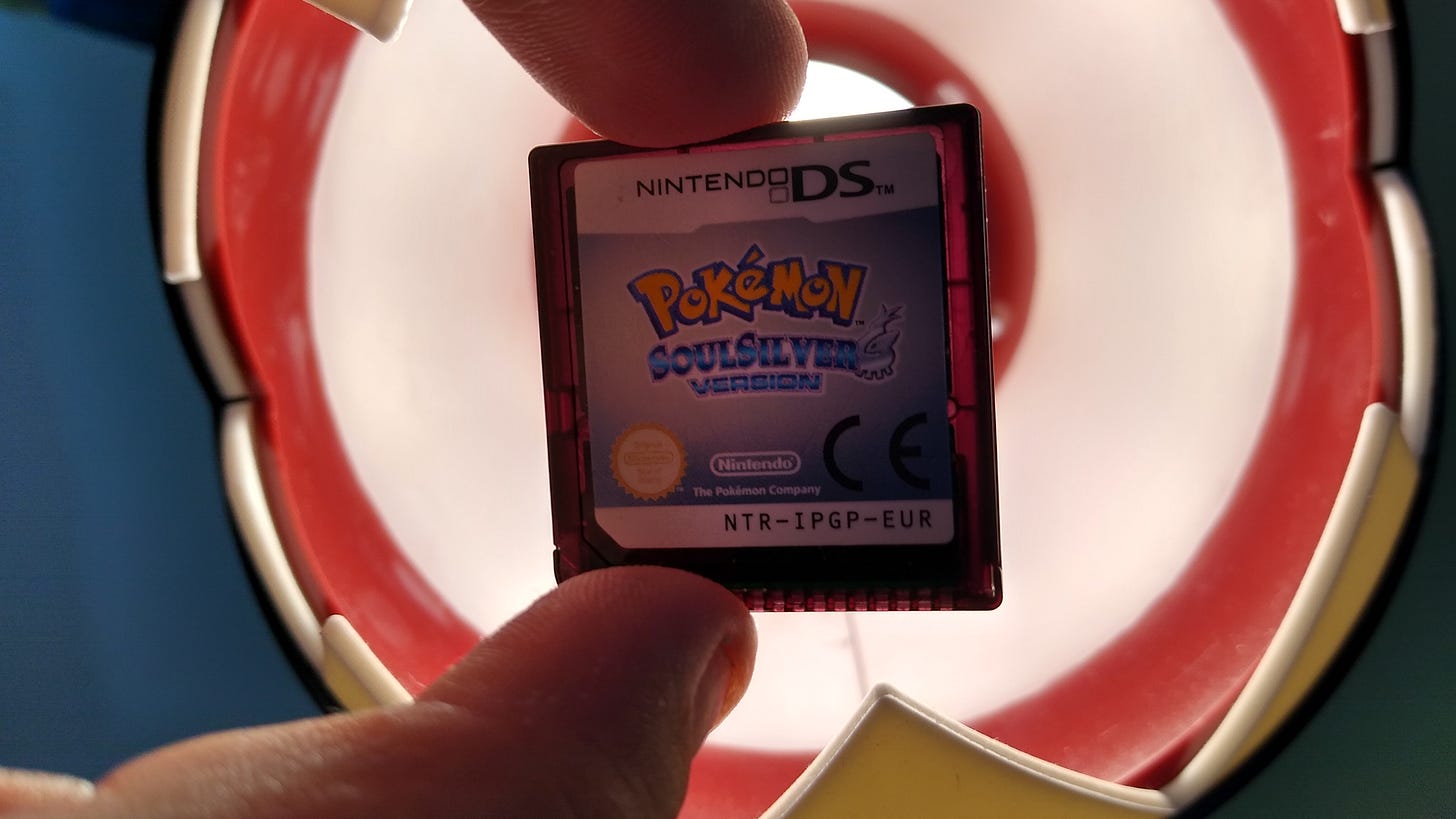
3. The colour of the cartridge
It’s important to keep in mind the regional differences between Pokémon games. One of the best indicators for Pokémon, especially if you’re trying to discover if the games are real or not, are their colour. Here are some things to keep in mind:
Legitimate copies of Pokémon Red, Blue and Yellow outside of Japan are the colour of their respective games. Japanese cartridges are grey.
Legitimate copies of Pokémon Gold and Silver outside of Japan are the colour of their respective games. Japanese copies of Gold have a blue front and a grey back, and Japanese copies of Silver have a grey front and a blue back.
Legitimate copies of Pokémon Crystal from all regions have a light blue crystal colour to them and glitter particles within the plastic.
Legitimate copies of Pokémon Ruby, Sapphire, Emerald, FireRed and LeafGreen from all regions are the colour of their respective games.
Legitimate copies of Pokémon Diamond, Pearl and Platinum are grey in all regions.
Legitimate copies of Pokémon Black, White, Black 2, White 2, HeartGold and Soul Silver are a dark red/purple colour when held against a bright light due to their infrared communication features.
Expanding on that final point a little, it’s important to check the type of plastic cases used for Pokémon games, as that can be an indicator to their authenticity too. For example, Pokémon Crystal, Ruby, Sapphire and Emerald’s case is see-through, where you should be able to clearly see the printed circuit board (PCB) and internal battery inside. FireRed and LeafGreen have a ‘smoky’ coloured shell, but you should still be able to see the PCB inside if you look carefully.
4. Boxes
A boxed copy of Pokémon can usually inflate its value drastically, especially if it's in good condition. In some cases the boxes, manuals, advertisements and inserts within the boxes can be worth as much as, if not more than, the game itself! Because of this, there are a lot of box reproductions. Once again, it’s important to consider the age of the product you are buying, especially if it was released many years ago. Pokémon games on Game Boy and Game Boy Advance were made of cardboard, with cardboard inserts, which won’t hold up as well as the plastic cases used in later titles from Nintendo DS onwards. Just like the cartridges, always look over the product carefully for print quality and errors, and that the cardboard boxes match the feel, quality and thickness of the originals. If possible, try to compare a legitimate copy to the one you are planning to buy.
If games are being advertised as brand-new and sealed, it’s incredibly important that you are familiar with how those sealed games look. Many Nintendo titles are sealed in plastic with the word “Nintendo” in red across it, but during my research, I spotted games that claim to be legit that were shrink-wrapped without any Nintendo seal, authenticated by some of the most well known grading companies. There could be regional differences, so research your games vigorously and ask questions.
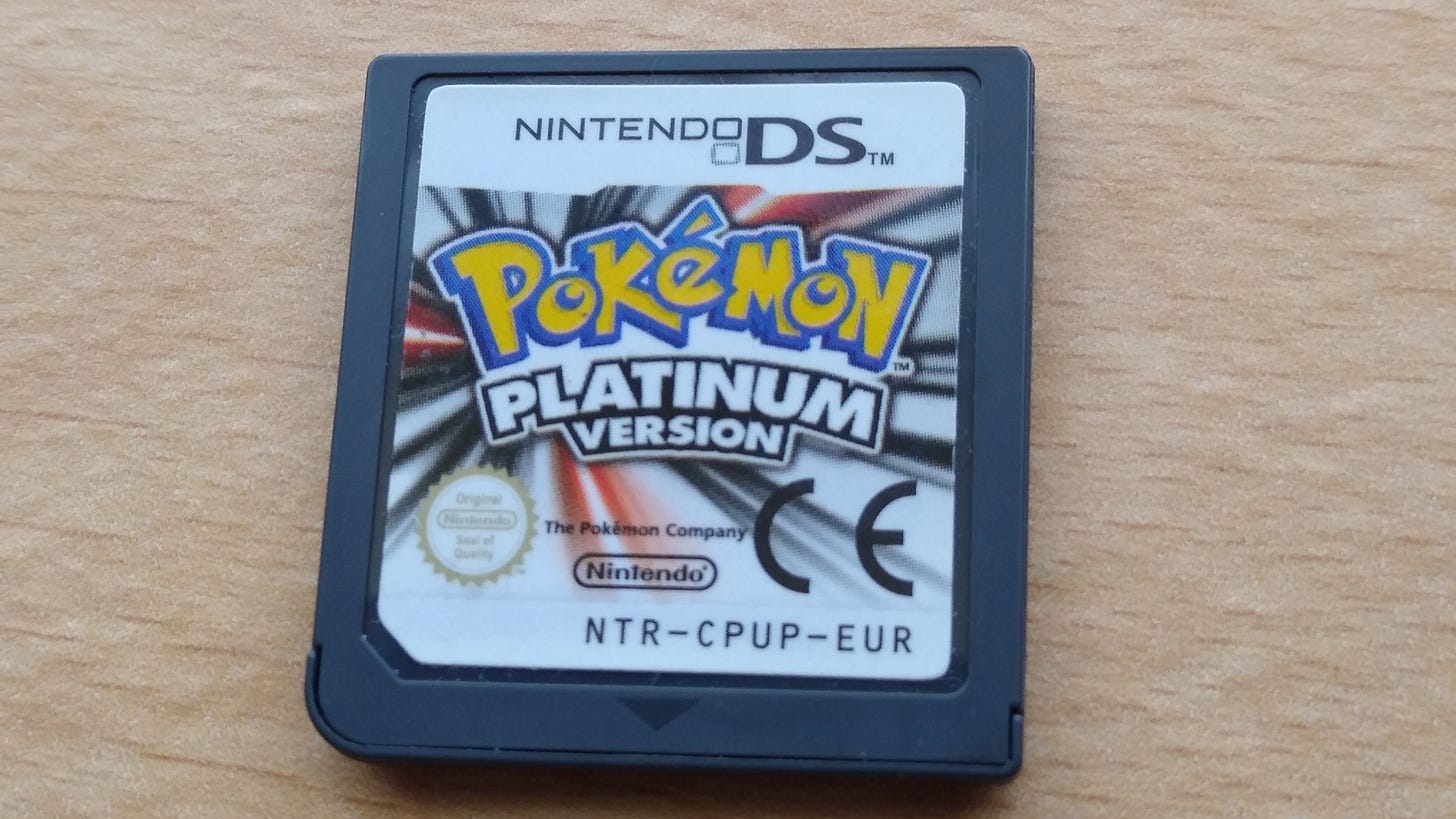
5. Find a reputable seller
No matter whether you’re buying online, or from a brick and mortar store, it’s always important to purchase games from a reputable seller. Someone with a long history of trading, high rating and good reputation will mean more than some independent seller on Facebook or a brand-new eBay account with no real feedback.
If you’re visiting a brick and mortar store, the person selling you the product should be knowledgeable about the product they have and answer your queries with ease. They should also be willing to let you use the product, and be willing to open up Game Boy cartridges for you so you can inspect the PCB. The business owner should also offer a warranty where you are able to claim a refund or exchange if you discover an issue with the game after purchasing it. If you encounter something that makes you feel suspicious, you should trust your gut and avoid it.
If you are buying online, a good seller should have multiple images of the game on the product listing, including photographs of the PCB if the game is unsealed. A reputable dealer will usually have a high trust rating, and respond professionally to any queries you might have, such as requesting additional photographs. Here are some important things to be aware of when buying online:
If the listing only has a single photo, always request more. Avoid any seller who only provides a stock image of the product.
Avoid sellers who have multiple copies of the same rare expensive game. This would be very unusual, and they could be selling reproductions.
Read the product listing carefully, ensuring there isn’t any mention of the product being a reproduction. If you are unsure, contact the seller or avoid.
Check the location of the seller, especially if they are from China and Hong Kong, as these countries are well known for selling reproductions.
Check to see what protections you have when buying online by talking to your bank, and read the terms and conditions of services such as PayPal and shopfronts like eBay.
Always check the seller feedback rating, and read comments from other customers.
Where possible, always purchase games in person where you can physically inspect the items before buying, but if that isn’t possible, proceed with caution. I found a great guide from Reddit called Buying Games on eBay on the topic of purchasing games from eBay during my research.
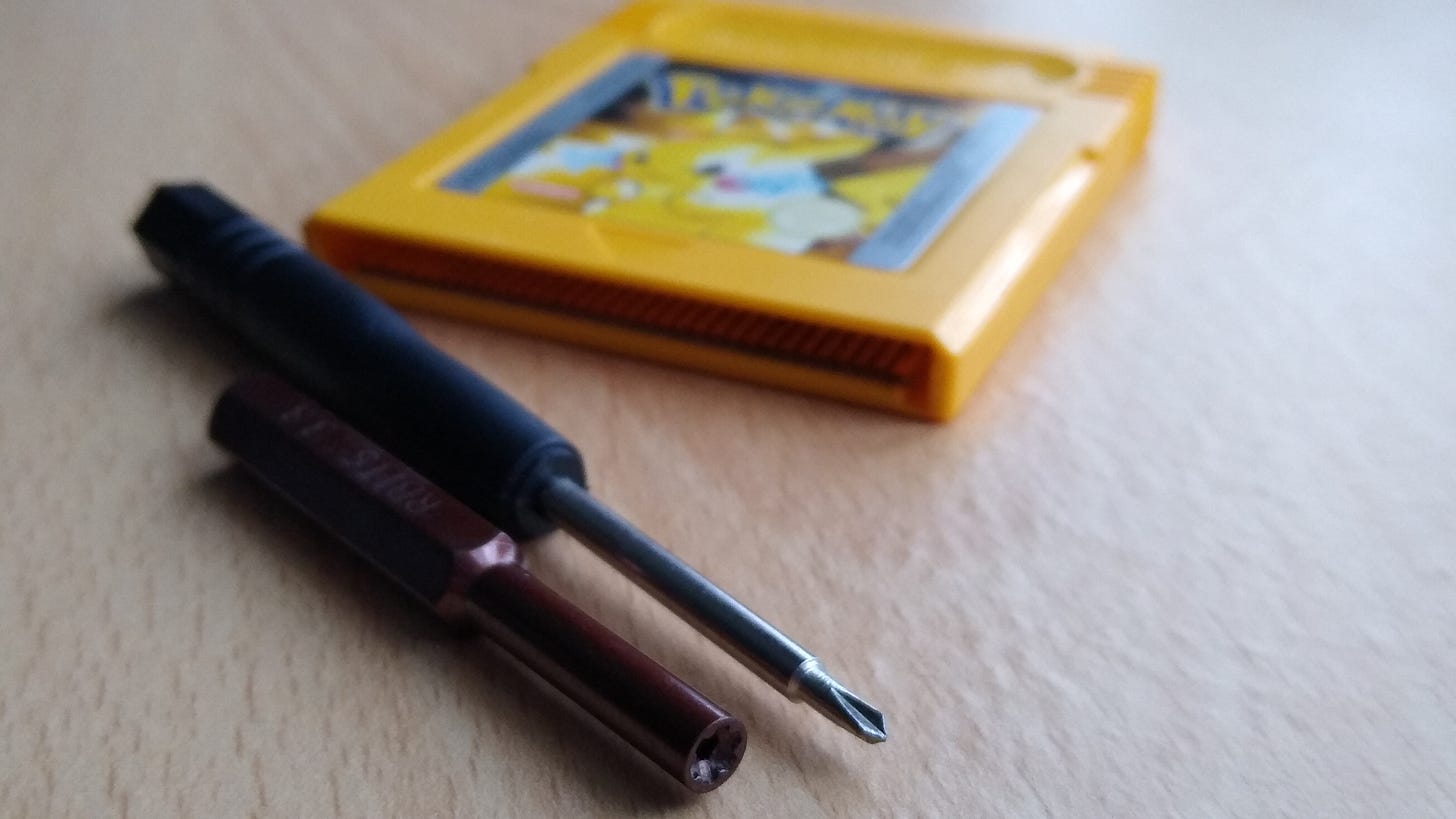
6. Inspect the PCB carefully
When it comes to Game Boy cartridges, there are some high quality fakes out there. If the exterior looks fine, it would be wise to check the PCB itself for extra reassurance. As mentioned earlier, official Game Boy cartridges have special screws that require a 3.8mm Game Bit screwdriver, and a Tri-Wing screwdriver for Game Boy Advance cartridges. If the games have a different type of screw, such as a Phillips-head, it could be a fake.
When it comes to Pokémon, be on the lookout for the following signs:
An epoxy ‘black blob’ covering or glue on the cartridge is shoddy workmanship and confirms that the Pokémon game is a fake.
If the game is missing a Nintendo logo, it’s fake.
Check to see which manufacturer logos are present on the legitimate cartridge, and if anything looks out of place, you are looking at a fake game.
Poor quality soldering on the PCB is undoubtedly a fake game.
There should be no loose wires on the PCB. If there are, you guessed it, it’s a fake!
Originally, you could determine the legitimacy of a game by checking the back of the cartridge for four gold rectangles on the PCB, however this is no longer a valid verification method, as fakes have been reported to include them. If you don’t see four gold rectangles on the chip at all, then it’s almost certainly a fake.
One helpful website I found during my research was the Game Boy hardware database, which has images of legitimate cartridges and PCB’s. At the time of writing, all Pokémon Game Boy and Game Boy Advance titles are listed there.
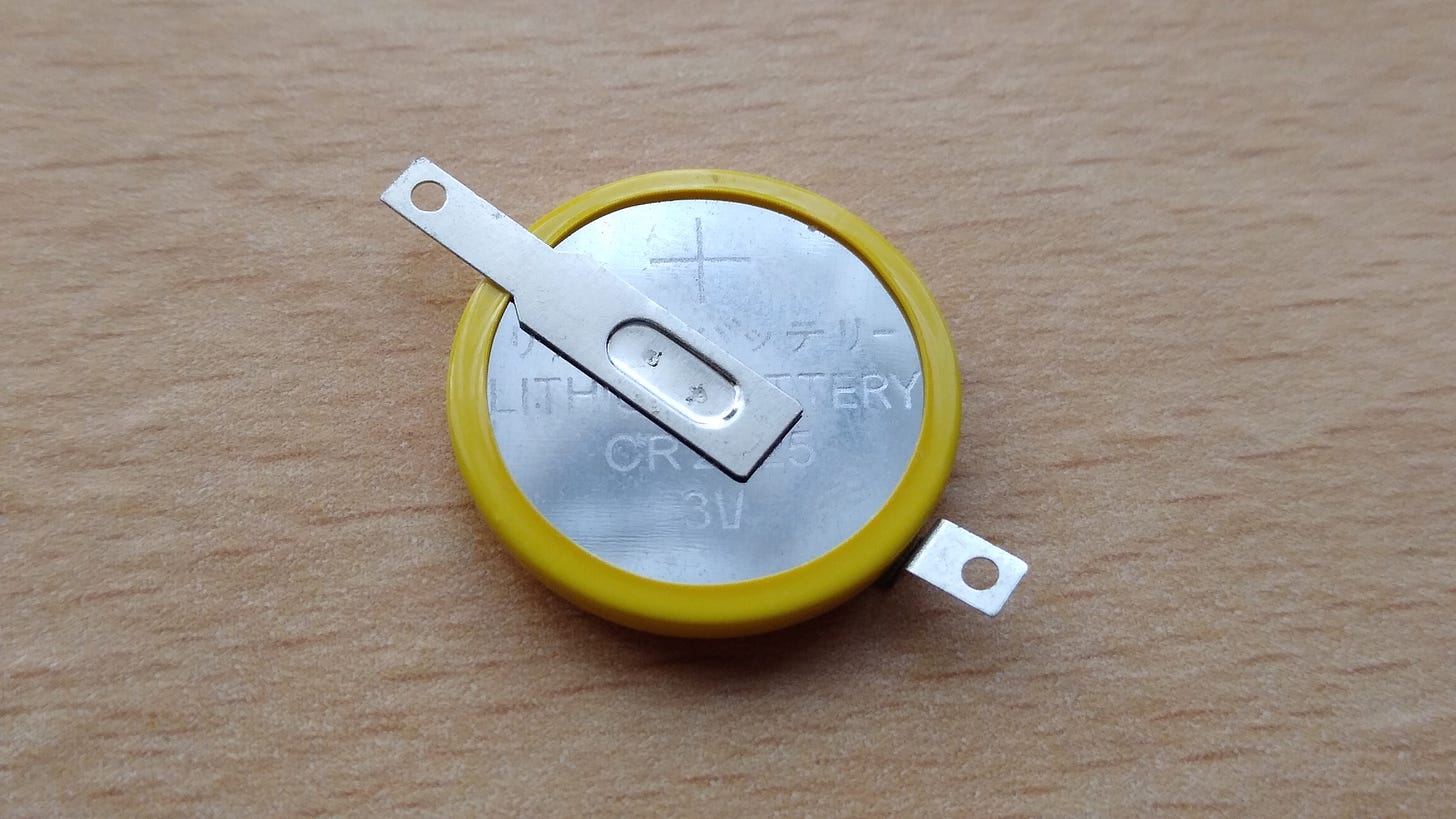
7. Check batteries
As the years glide on by, the batteries inside copies of games will run dry. It’s not uncommon to find a battery replacement which has been soldered to the board, or held by tape, and provided it has been installed properly, it shouldn’t affect the game. However, it’s important that you check to make sure that the batteries installed are the correct type:
Pokémon Red, Blue and Yellow use a CR1616 battery.
Pokémon Gold, Silver and Crystal use a CR2025 battery.
If you are buying a cartridge that has been untouched, the batteries should be etched on the board itself. Speak with the seller to confirm whether the game has had its battery replaced.

8. Authentic serial numbers on the circuit board
I was able to find an article on iMore which listed the serial numbers that should be found on Game Boy Advance and DS titles, which I have checked against my own copies which were bought from stores brand new during their launch period:
Pokémon Ruby, Sapphire and Emerald should have the serial number AGB-E05-01.
Pokémon FireRed and LeafGreen should have the serial numbers AGB-E02-20 or AGB-E02-30.
Diamond, Pearl and Platinum should have the serial number “NTR-005 PAT. PEND” on the back of their cartridges.
Pokémon HeartGold, SoulSilver, Black, White, Black 2, and White 2 should have the serial number “NTR-031 PAT. PEND” on the back of their cartridges.
When it comes to Pokémon titles on the Nintendo DS, the serial number and information on the back of cartridges may have faded over time, so look very closely. If you’re uncertain, it’s better to avoid.
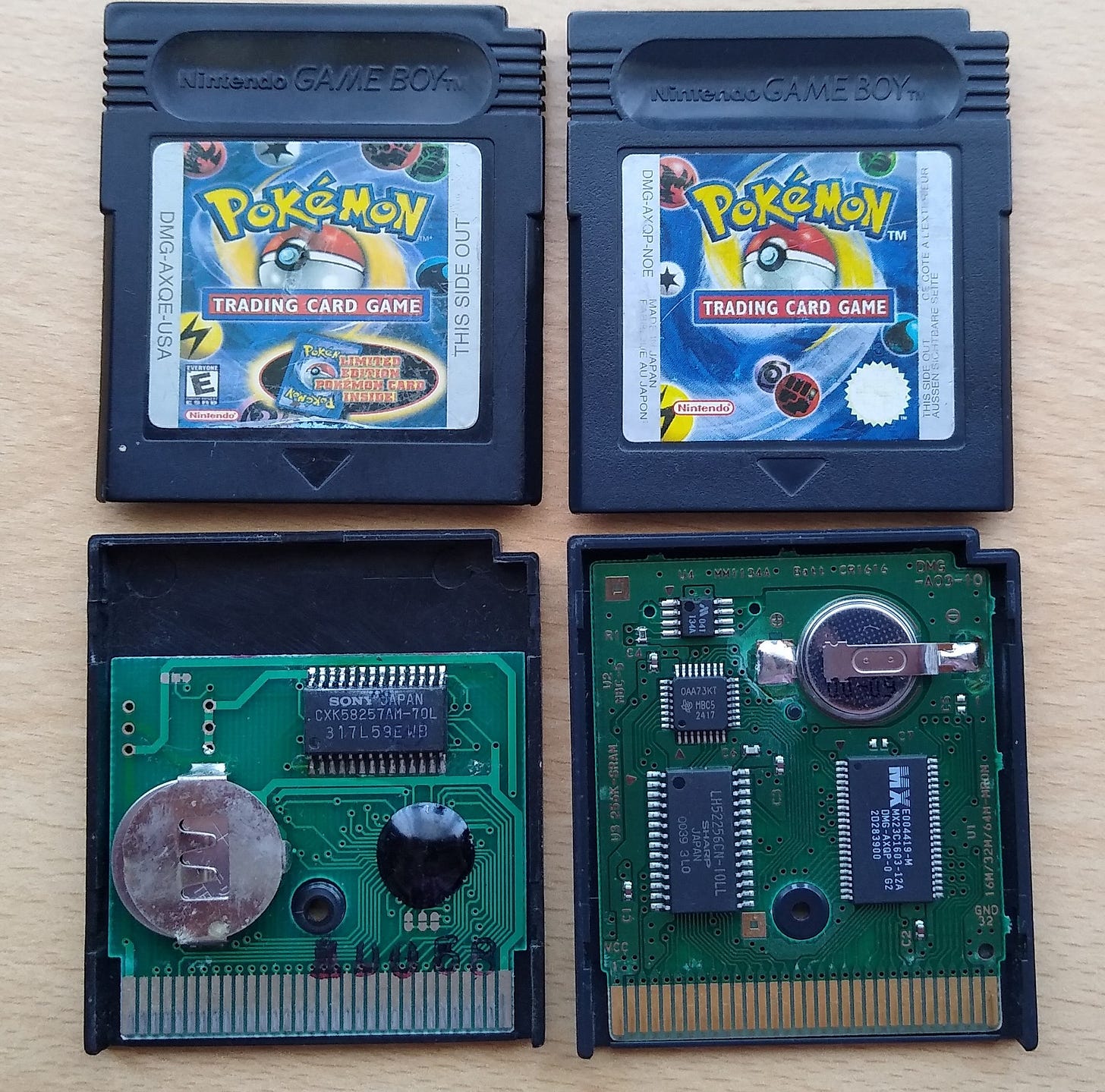
9. Price
Mainline Pokémon games typically have value, and as time goes on, and fewer copies are available for sale, their value is likely to rise. It’s important to accept how much a classic Pokémon game is going to sell for, and you should be prepared to research the current value of the item and what it typically sells for. A good indication would be to look at the sold and completed listings on eBay to see what price buyers have purchased authentic games at. If you see a game that is vastly undervalued, it’s more likely that it’s fake, or being sold as a reproduction. While it’s not impossible to get a bargain every once in a while, it's as the old saying goes: if it’s too good to be true, it usually is.

10. Try before you buy
Last but certainly not least, take the opportunity to test the game before purchasing if you have the opportunity to do so. Whether it's a private sale or in a brick and mortar store, sellers should be willing to let you try the game to see if it works. While it’s unlikely to give you much of an indication, it could be another way to discover whether the game is legitimate, or even in good working order!
While researching the topic, I learned that if a game freezes when saving, it could be a potential indicator of a fake game. I was shown an example of this happening, but I didn’t feel confident enough to state it here as a reliable verification method. I believe it’s worth checking, in addition to any other methods.
11. An opinion on reproduction cartridges
During this feature, I had to ask myself whether buying a reproduction cartridge (repro) could be justified as an alternative to the original cartridges. Various outlets online do attempt to sell repros without trying to mislead people, with the angle of owning a rare or hard to get game, that is playable and looks and feels like the real thing, so you can recreate the feel of authenticity with the physical media. They tend to be vastly cheaper than the inflated price of the originals, so I can see the appeal.
If they were for your own personal collection with no intention of selling them on, or to avoid wearing down a legitimate copy you already own, I could definitely understand the reasoning for owning them. More importantly, I couldn’t find any evidence in my research that a reproduction cartridge has damaged someone’s system, although I’m sure there are examples out there where this may have happened.
However, repros tend to not have a good build quality and likely won’t be compatible with legitimate copies of the games. The quality control you would expect from official games is simply non-existent, and they have a greater risk of data loss, corruption, crashes, or literally falling apart.
Buying a repro also brings more fake games into the market, and it’s hard to justify people profiting from counterfeit goods. Of course, in an ideal world, Nintendo would reprint the cartridges to meet the demand, but this will never happen. If you are looking to play the game on original hardware, go for the legitimate copy.
12. Photographs of fake Pokémon games
Here’s some additional photographs of fake Pokémon games, provided by readers of Johto Times

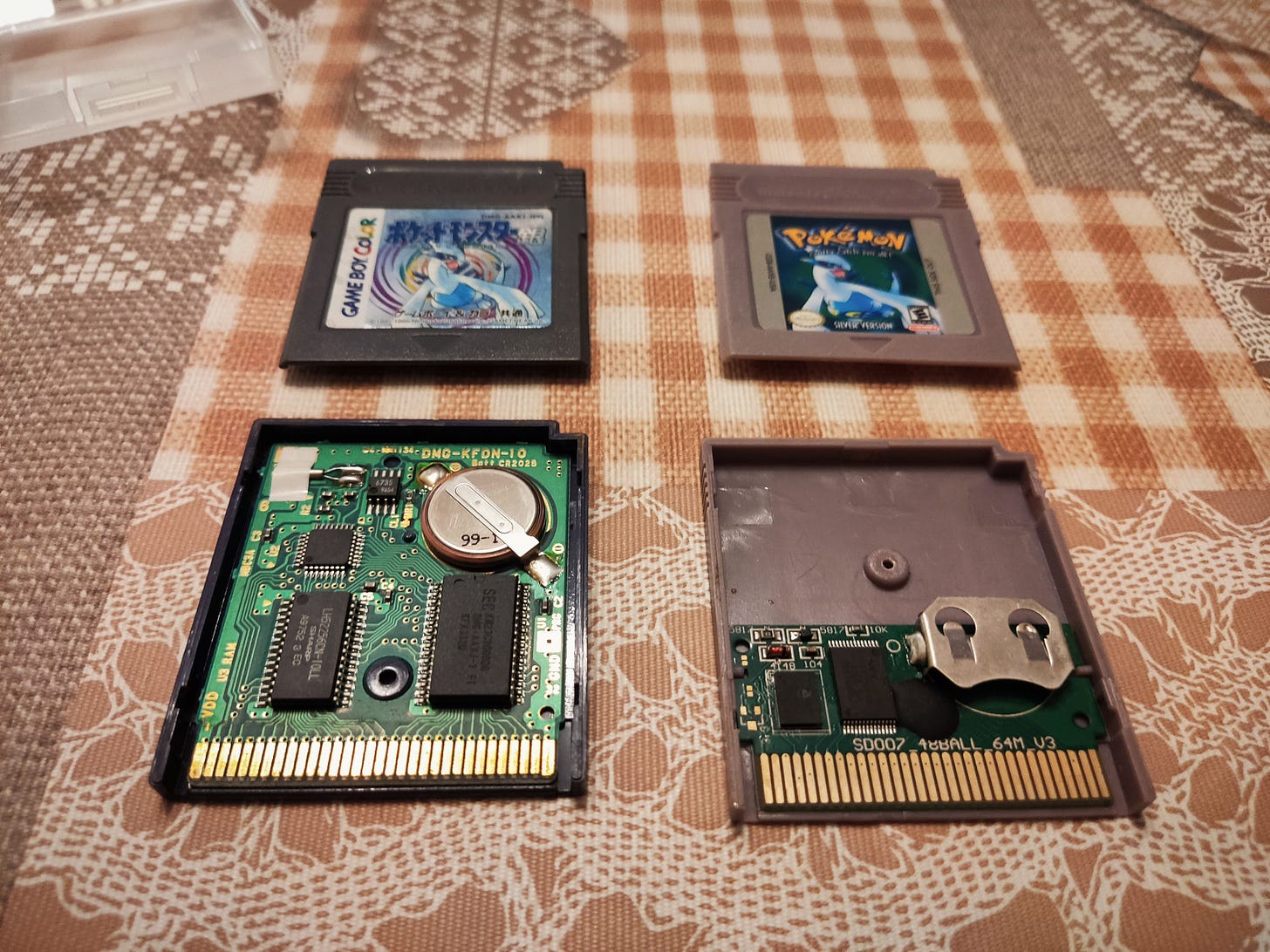
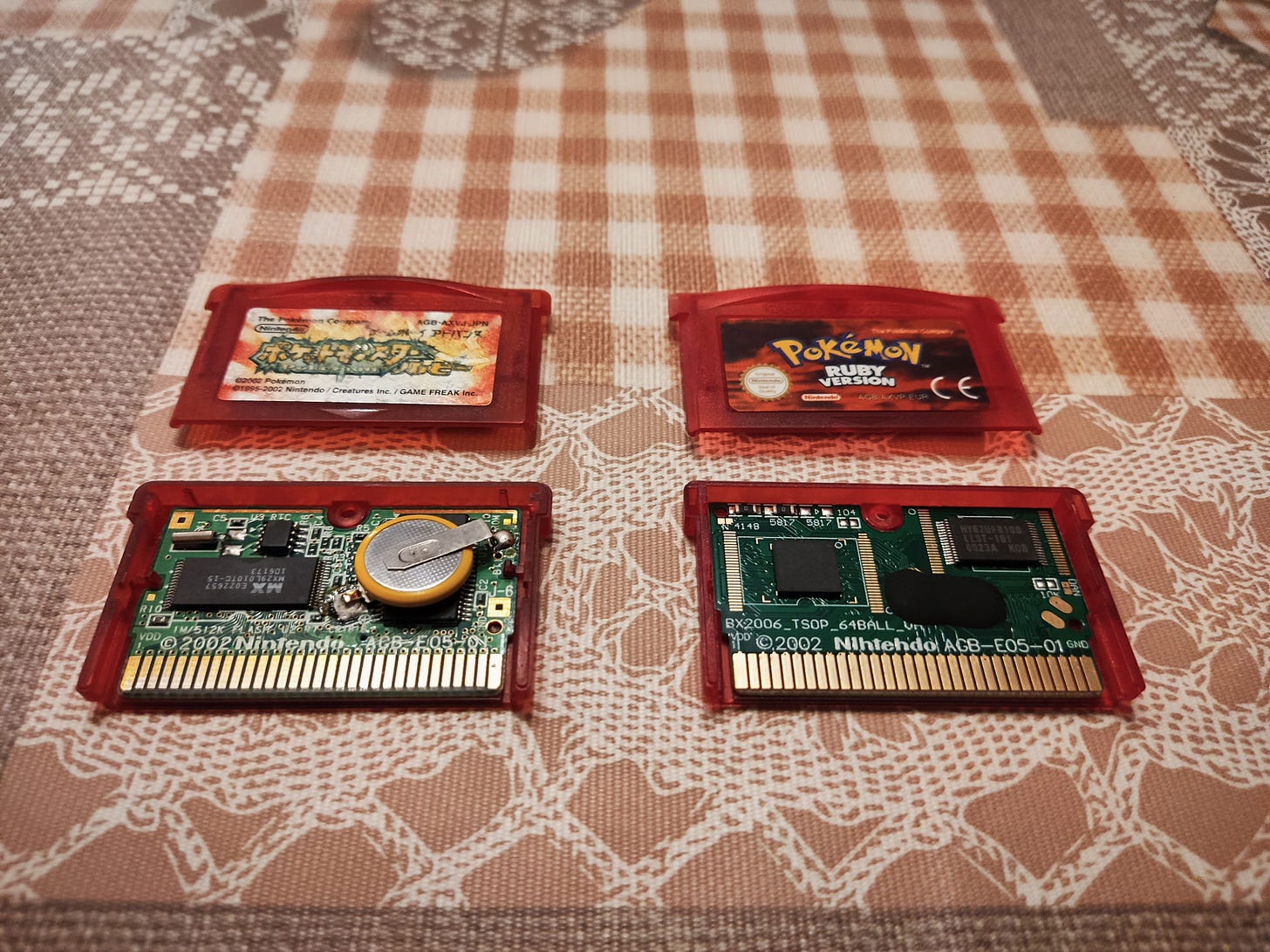
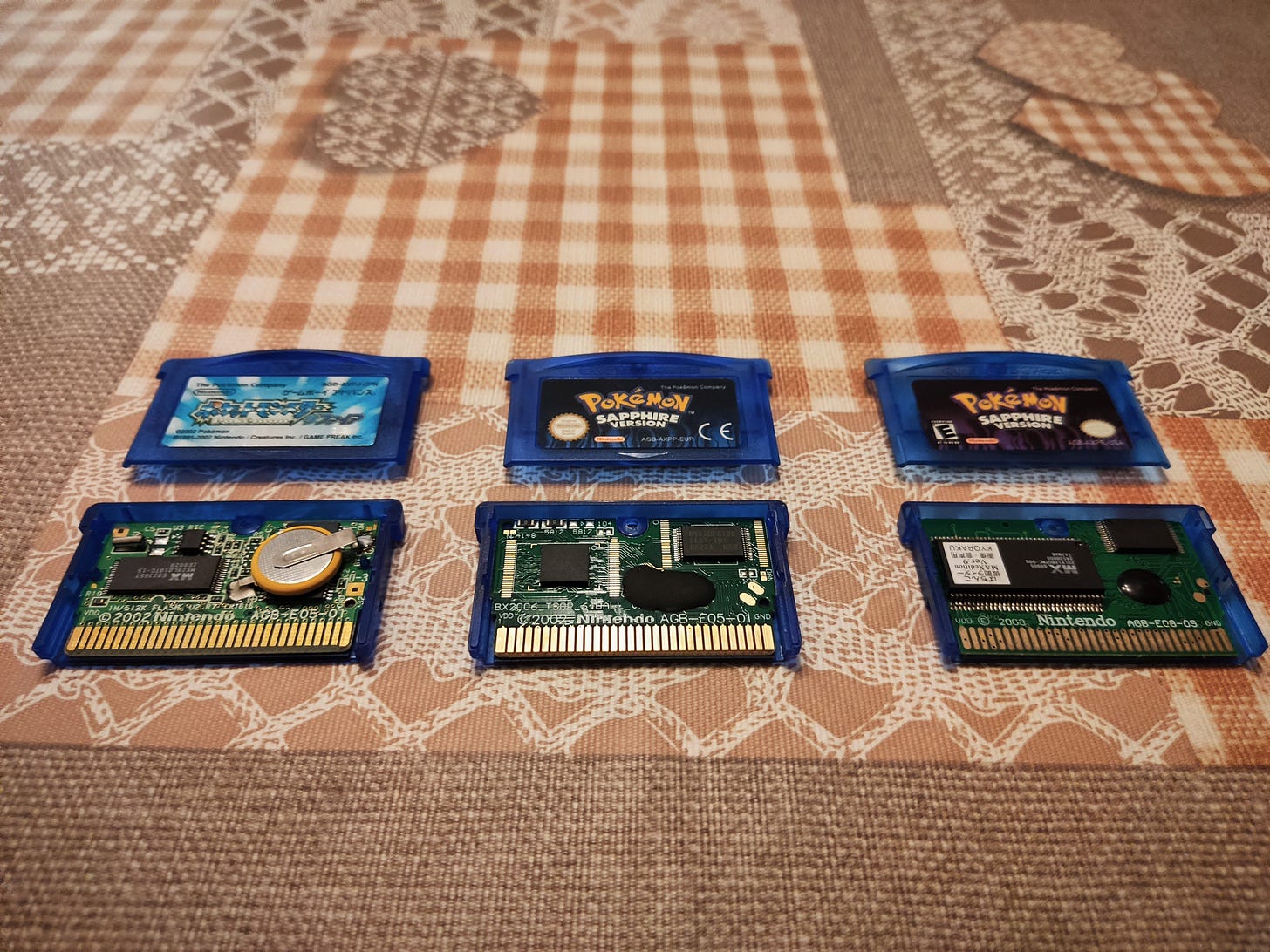
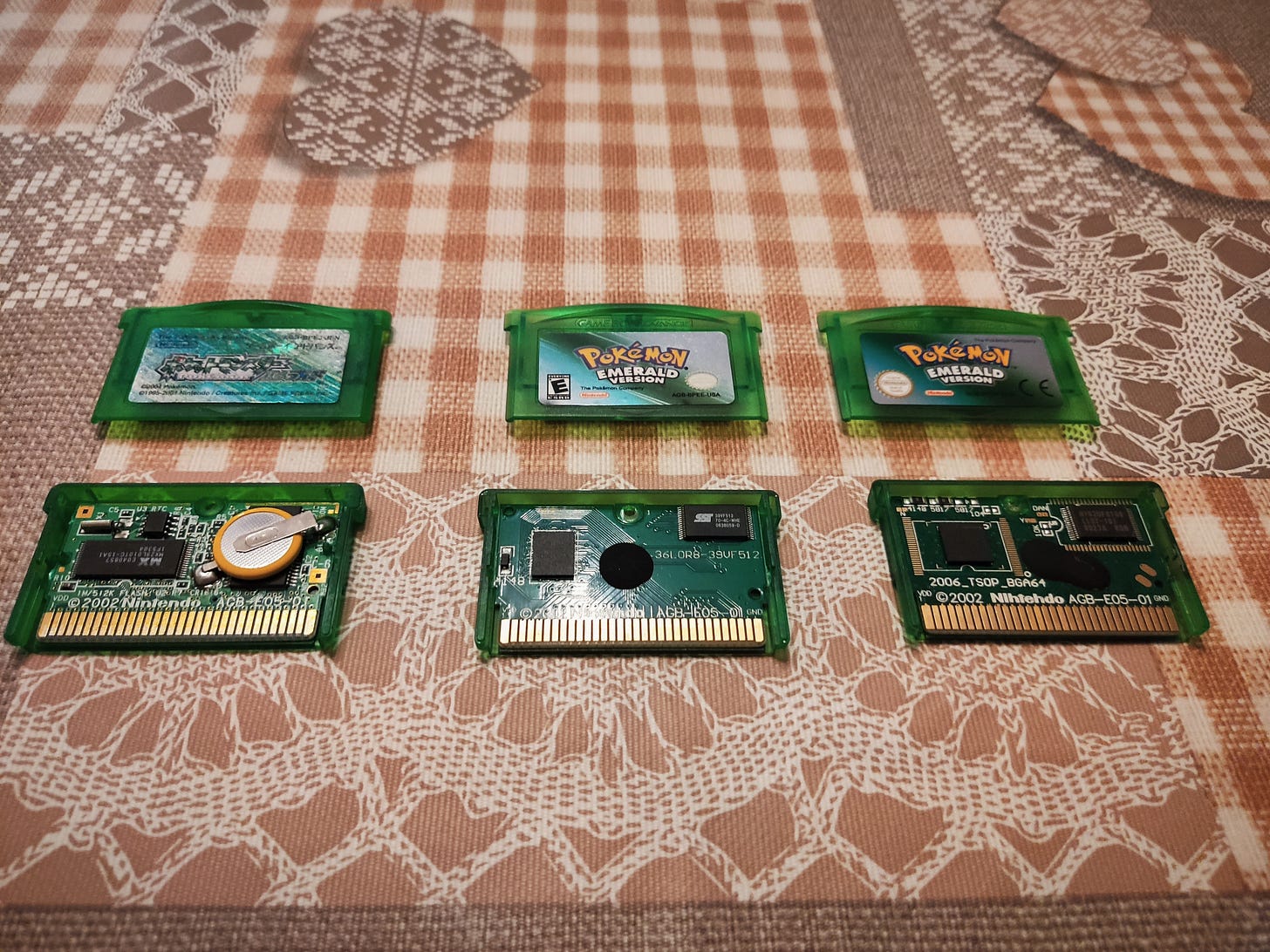
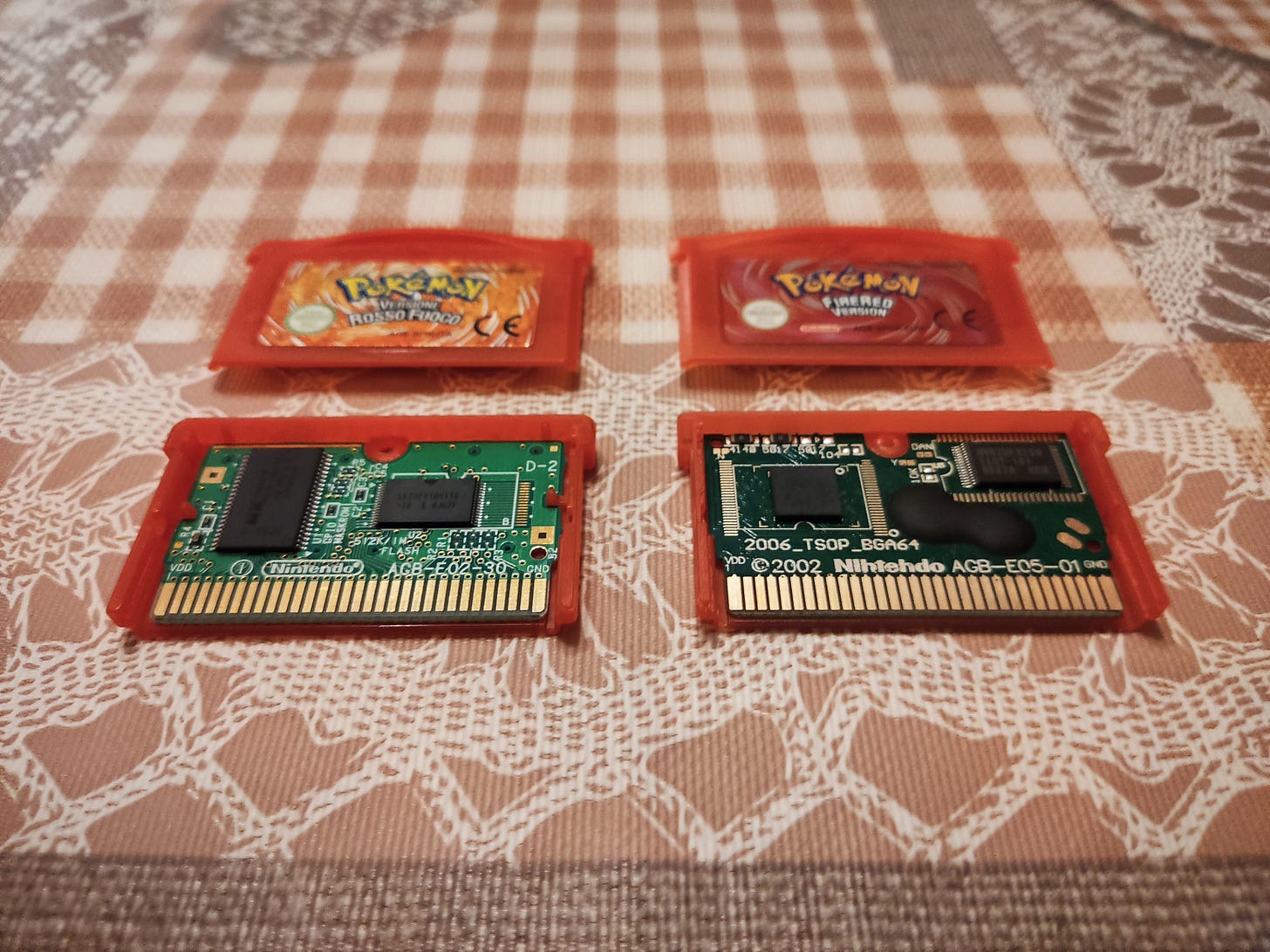
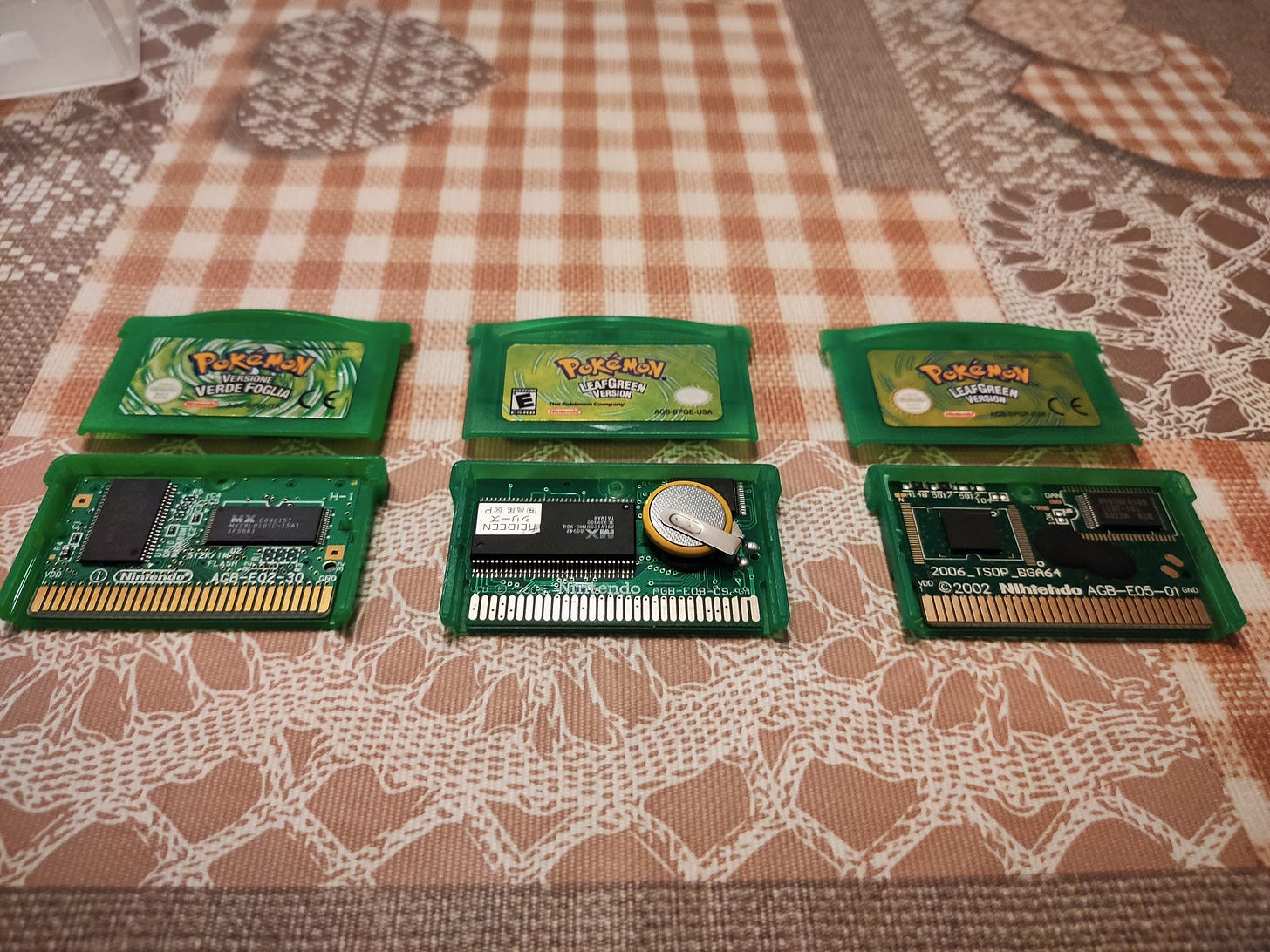
Final words of advice
Be sure to keep hold of any receipts and warranty information in case you need to raise a dispute with a seller, if you discover you’ve been sold a fake game. Equally, if you have been sold a legitimate game, and you are happy with the purchase, give the seller some positive feedback, and write something to help other buyers make informed choices. If you are in any sort of doubt about the product you are planning to buy, it’s better to walk away rather than be scammed out of your hard-earned cash.
The market is always adapting and changing, with more convincing fakes appearing all the time. Always try multiple methods of verification to give yourselves the best possible chance of obtaining the legitimate products. Good luck!
Resources:
Game Boy hardware database:
https://gbhwdb.gekkio.fi/cartridges/
Reddit Game Verifying:
https://www.reddit.com/r/gameverifying/
The ultimate guide to spotting fake Pokémon games: Game Boy, Advance, DS, and more:
https://www.imore.com/ultimate-guide-spotting-fake-pokemon-games
Guide to Buying Games on eBay:
https://www.reddit.com/r/pokemon/comments/2owdyh/psa_buying_games_on_ebay/
Check for fake cart based systems:
https://gameverifying.com/wiki/cart-based-systems
Special thanks: Lesserkuma and Lucent from the Inside Gadgets Discord community for their help and support. Thanks to Rosie Kenworthy and Lucent for providing pictures of their fake games for comparison.




